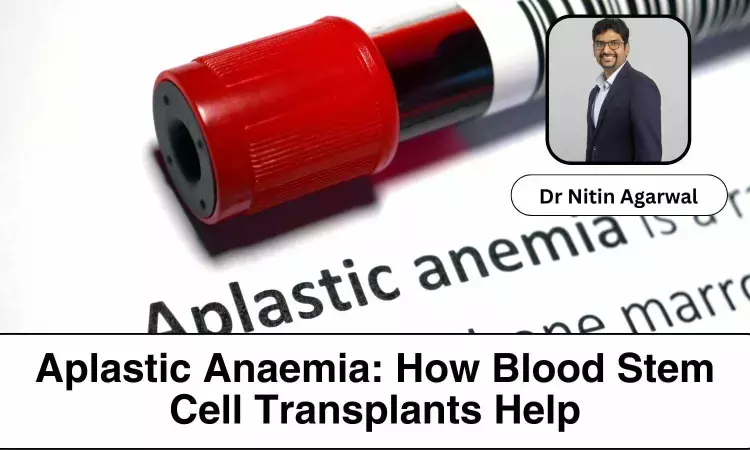- Home
- Medical news & Guidelines
- Anesthesiology
- Cardiology and CTVS
- Critical Care
- Dentistry
- Dermatology
- Diabetes and Endocrinology
- ENT
- Gastroenterology
- Medicine
- Nephrology
- Neurology
- Obstretics-Gynaecology
- Oncology
- Ophthalmology
- Orthopaedics
- Pediatrics-Neonatology
- Psychiatry
- Pulmonology
- Radiology
- Surgery
- Urology
- Laboratory Medicine
- Diet
- Nursing
- Paramedical
- Physiotherapy
- Health news
- Fact Check
- Bone Health Fact Check
- Brain Health Fact Check
- Cancer Related Fact Check
- Child Care Fact Check
- Dental and oral health fact check
- Diabetes and metabolic health fact check
- Diet and Nutrition Fact Check
- Eye and ENT Care Fact Check
- Fitness fact check
- Gut health fact check
- Heart health fact check
- Kidney health fact check
- Medical education fact check
- Men's health fact check
- Respiratory fact check
- Skin and hair care fact check
- Vaccine and Immunization fact check
- Women's health fact check
- AYUSH
- State News
- Andaman and Nicobar Islands
- Andhra Pradesh
- Arunachal Pradesh
- Assam
- Bihar
- Chandigarh
- Chattisgarh
- Dadra and Nagar Haveli
- Daman and Diu
- Delhi
- Goa
- Gujarat
- Haryana
- Himachal Pradesh
- Jammu & Kashmir
- Jharkhand
- Karnataka
- Kerala
- Ladakh
- Lakshadweep
- Madhya Pradesh
- Maharashtra
- Manipur
- Meghalaya
- Mizoram
- Nagaland
- Odisha
- Puducherry
- Punjab
- Rajasthan
- Sikkim
- Tamil Nadu
- Telangana
- Tripura
- Uttar Pradesh
- Uttrakhand
- West Bengal
- Medical Education
- Industry
Aplastic Anaemia: How Blood Stem Cells Transplants Help - Dr Nitin Agarwal

Aplastic anemia is a rare but serious blood disorder that occurs when your bone marrow does not make enough new blood cells and platelets. In India, over 7000 people are diagnosed with aplastic anemia every year. While the exact cause of aplastic anemia is often unknown, several factors can contribute to the disorder, including autoimmune diseases and exposure to certain toxins, chemicals and radiation.
In this disorder, the bone marrow, responsible for producing vital blood cells, malfunctions, leaving patients vulnerable to infections, fatigue, and uncontrolled bleeding. While there is no cure for the disease, certain treatment options exist. A stem cell transplant can offer a second chance at life for these patients.
Healthy bone marrow functions like a tireless factory, producing red blood cells that carry oxygen, white blood cells that fight infection, and platelets that aid clotting. In aplastic anemia, an unknown trigger disrupts this production line.
The immune system, in some cases, mistakenly attacks healthy stem cells, the very foundation for blood cell production. This leaves patients with dangerously low blood cell counts, significantly impacting their quality of life.
Life-threatening blood disorders such as Aplastic Anemia can be treated by blood stem cell transplantation. It involves infusing healthy blood stem cells from a matching donor into a patient to restore healthy blood production. The success of the transplant relies on a close match between the patient's and the donor's Human Leukocyte Antigen (HLA).
Unlike blood group matching, HLA matching is complex and crucial. Our immune system uses HLA markers to know which cells belong in our body and which do not. There are many HLA markers that make a person’s tissue type unique; however, matching certain markers is what is critical to a successful transplant.
About 30% of patients in need of a donor find a match within the family, but others must look for an unrelated donor. A simple cheek swab can determine HLA compatibility.
This is where Twarit's story shines brightly. Diagnosed with aplastic anemia at a tender age of 9, Twarit faced a difficult childhood and a future clouded with uncertainty. Twarit required a stem cell transplant to survive and was fortunate enough to find his lifesaver. Mr Duc Pham Ngoc, a 29-year-old German Economics professional, donated his blood stem cells and gave this little boy a second chance at life! Twarit then underwent stem cell transplantation and is now doing well.
Every 5 minutes, someone in India is diagnosed with blood cancer or a blood disorder like Aplastic Anemia or Thalassemia. Many such patients are children and young people whose only chance of recovery is a stem cell transplant.
With very few individuals signing up as potential blood stem cell donors, finding a matching donor is difficult. This increases the need for more people of Indian ethnicity to register themselves.
To register as a potential stem cell donor, you must be a healthy Indian adult between 18 and 55 years of age. When you are ready to register, all you need to do is complete a consent form and swab the inside of your cheeks to collect your tissue cells. Your tissue sample is then sent to the lab to be analyzed and listed anonymously on the international search platform for matching stem cell donors.Dr Nitin Agarwal MBBS, MD (Transfusion Medicine) is Consultant and Head of the Department, Donor Request Management at DKMS BMST Foundation India having an experience of 15 years. Dr Nitin specializes in Transfusion Medicine & Immunohematology, Stem cell transplants.


